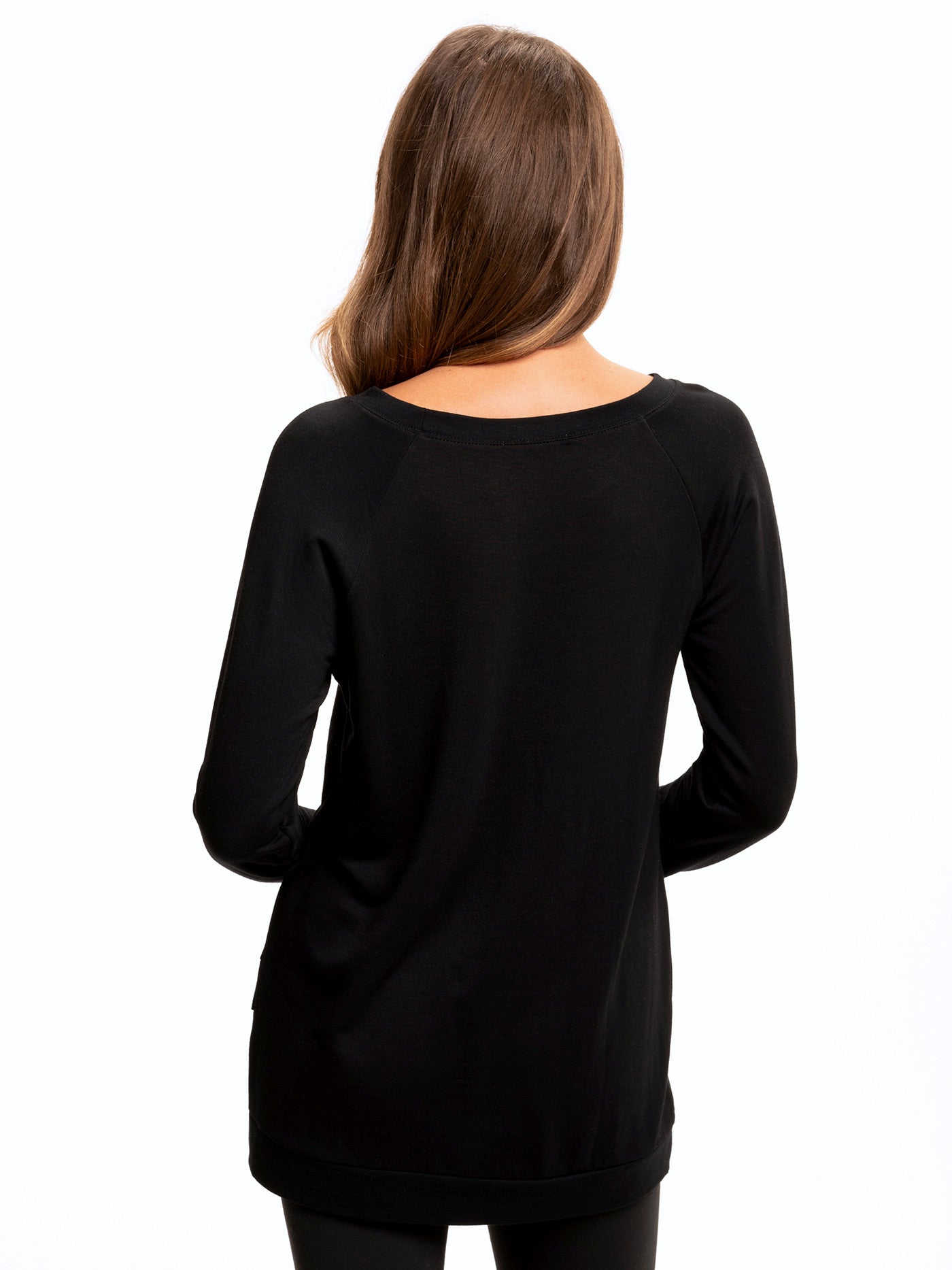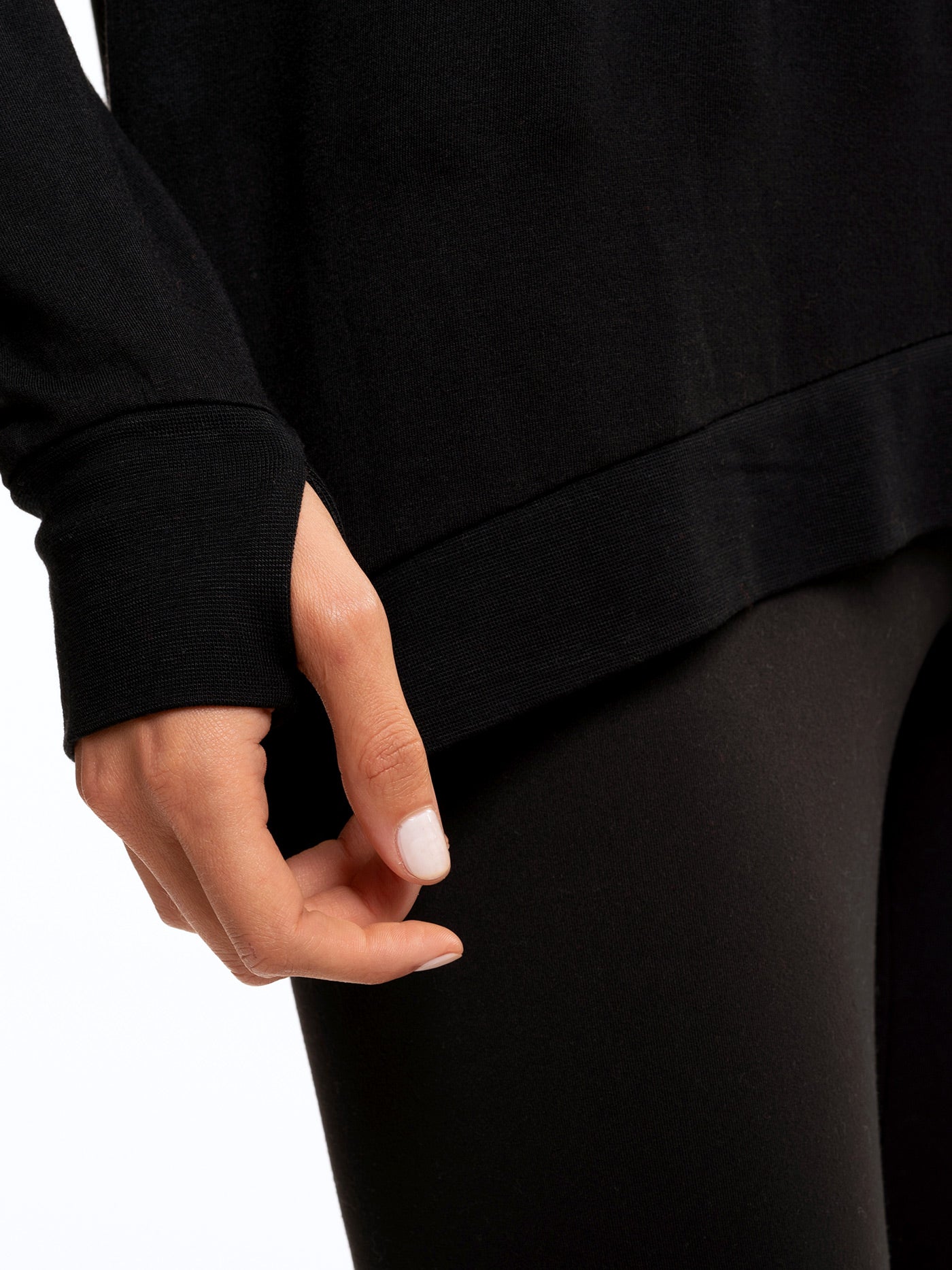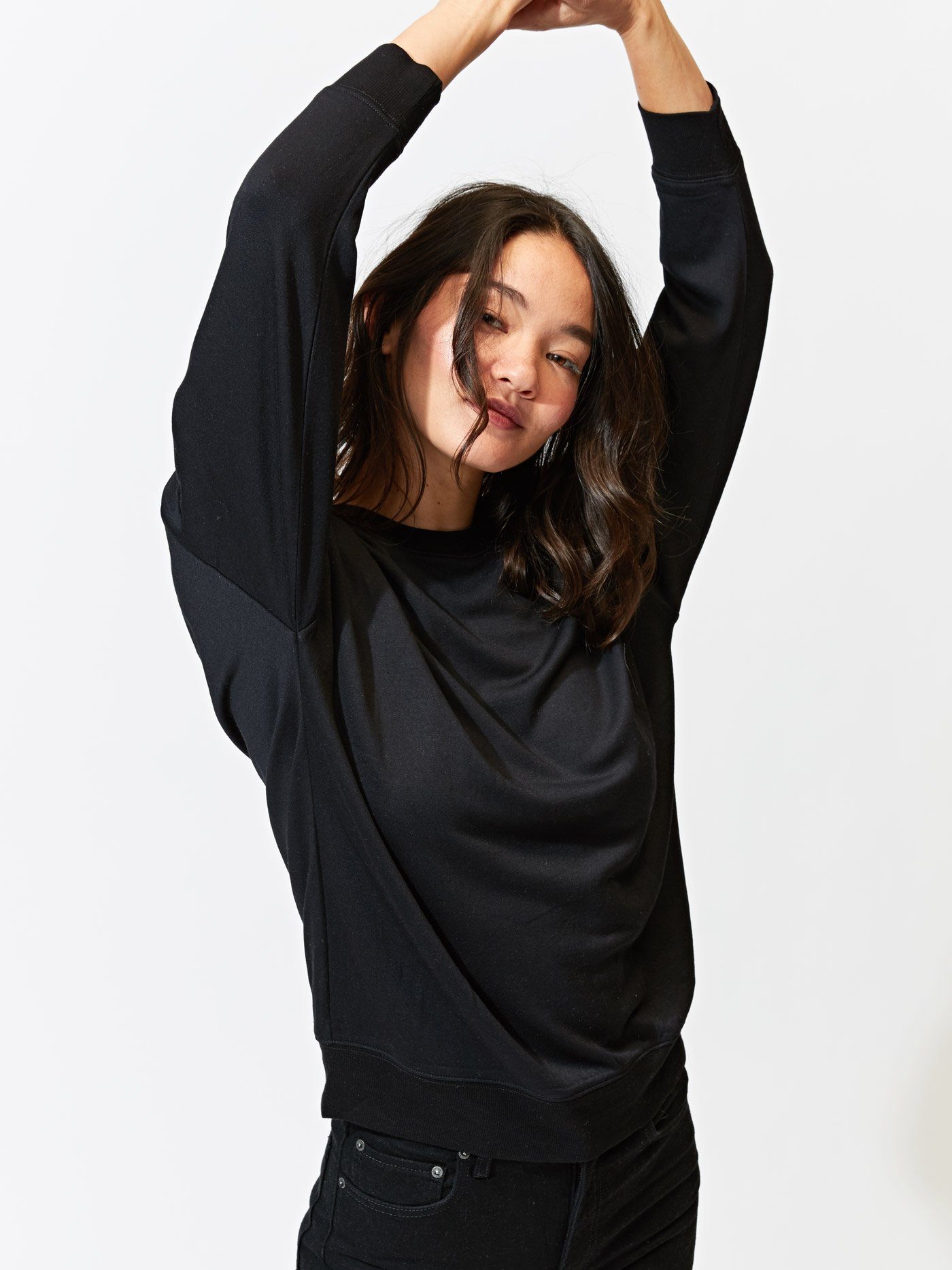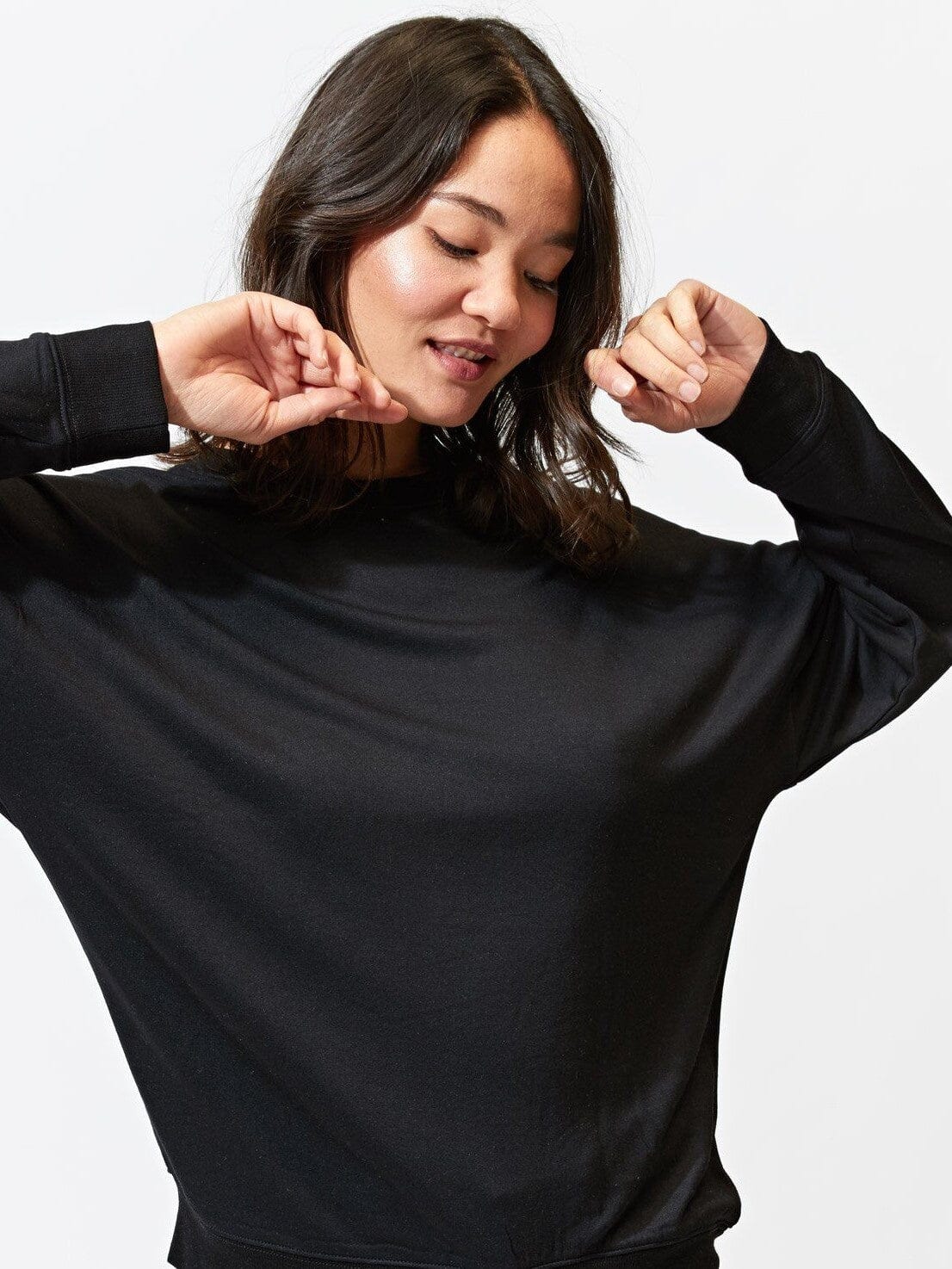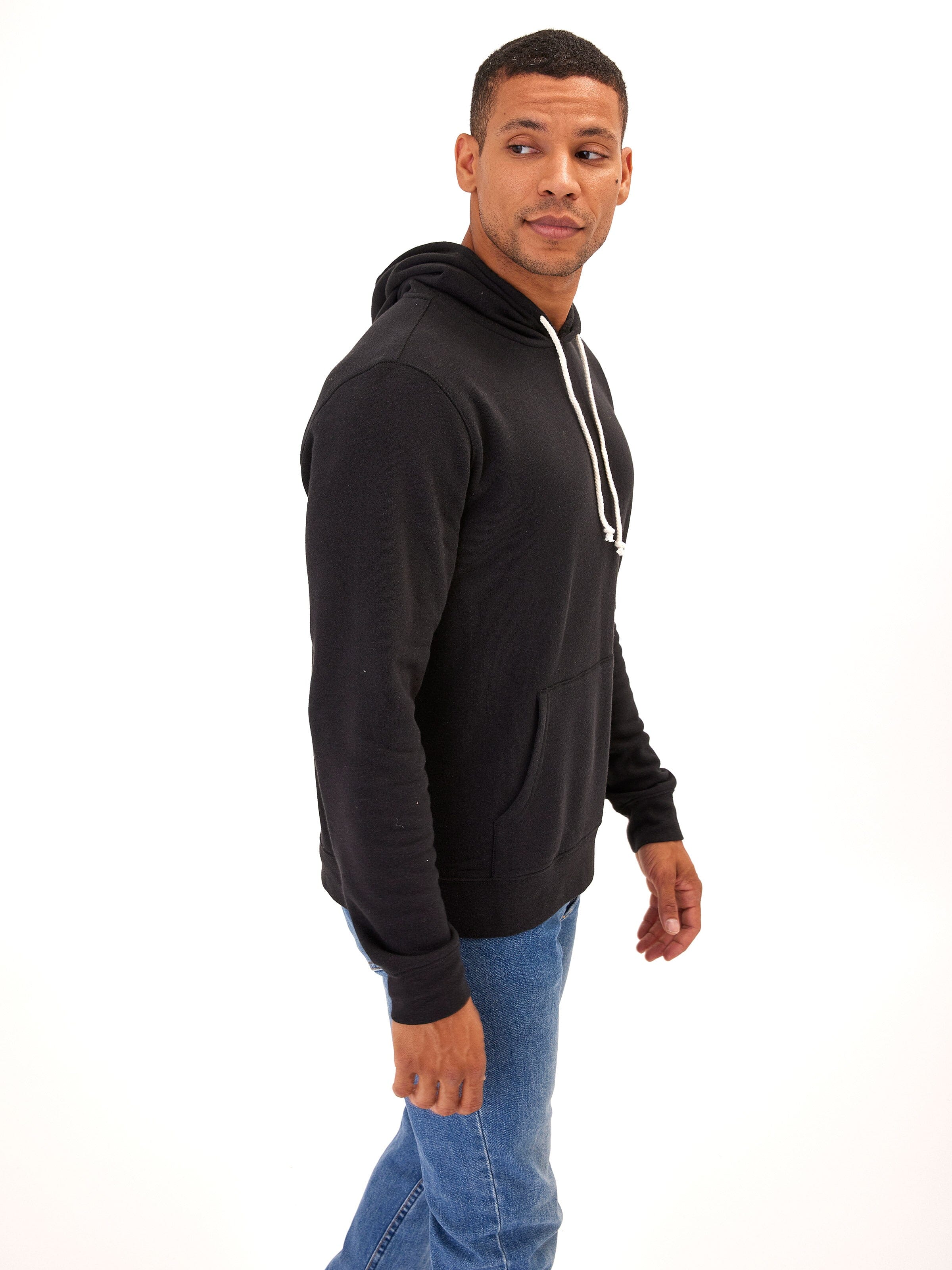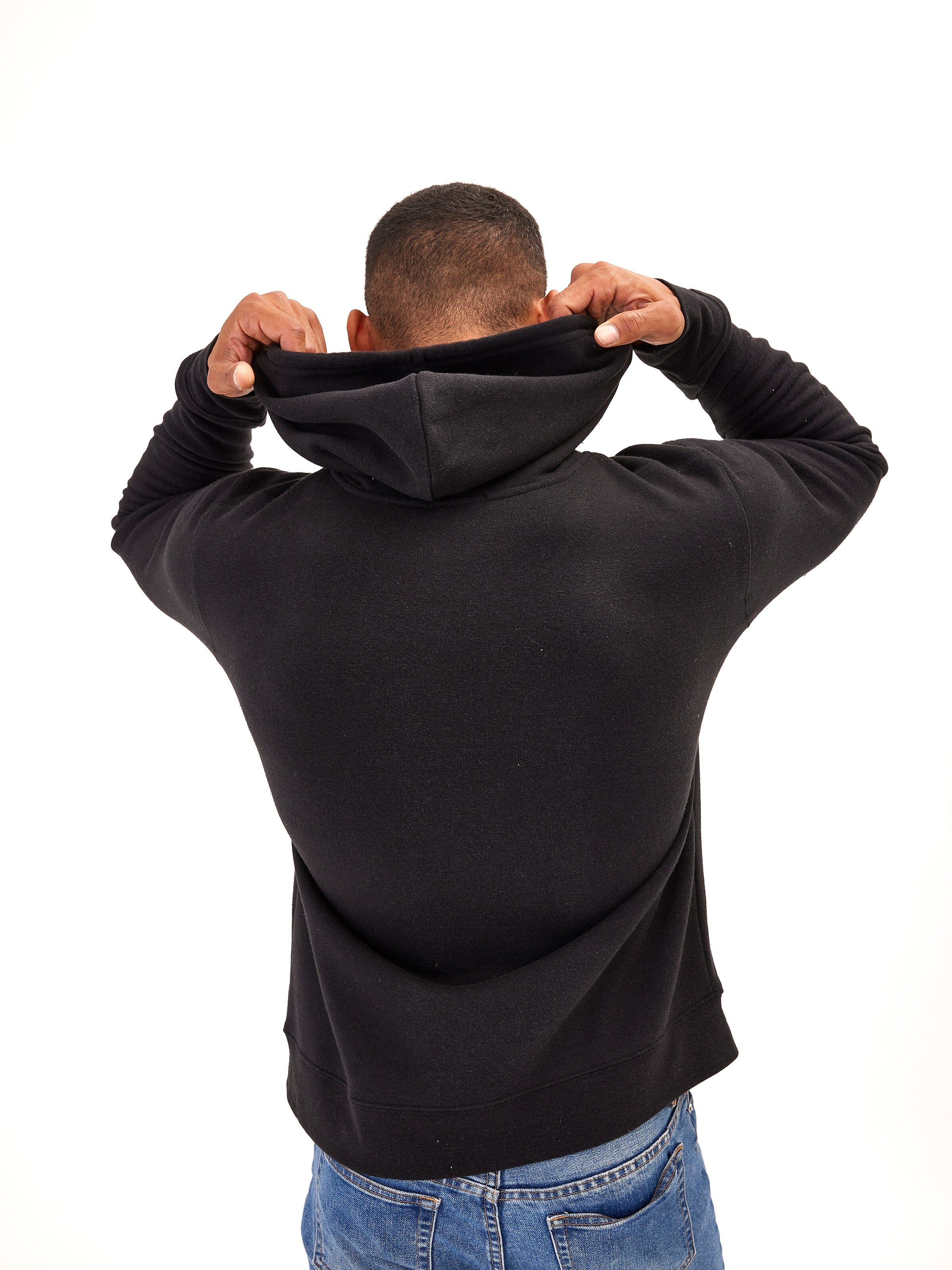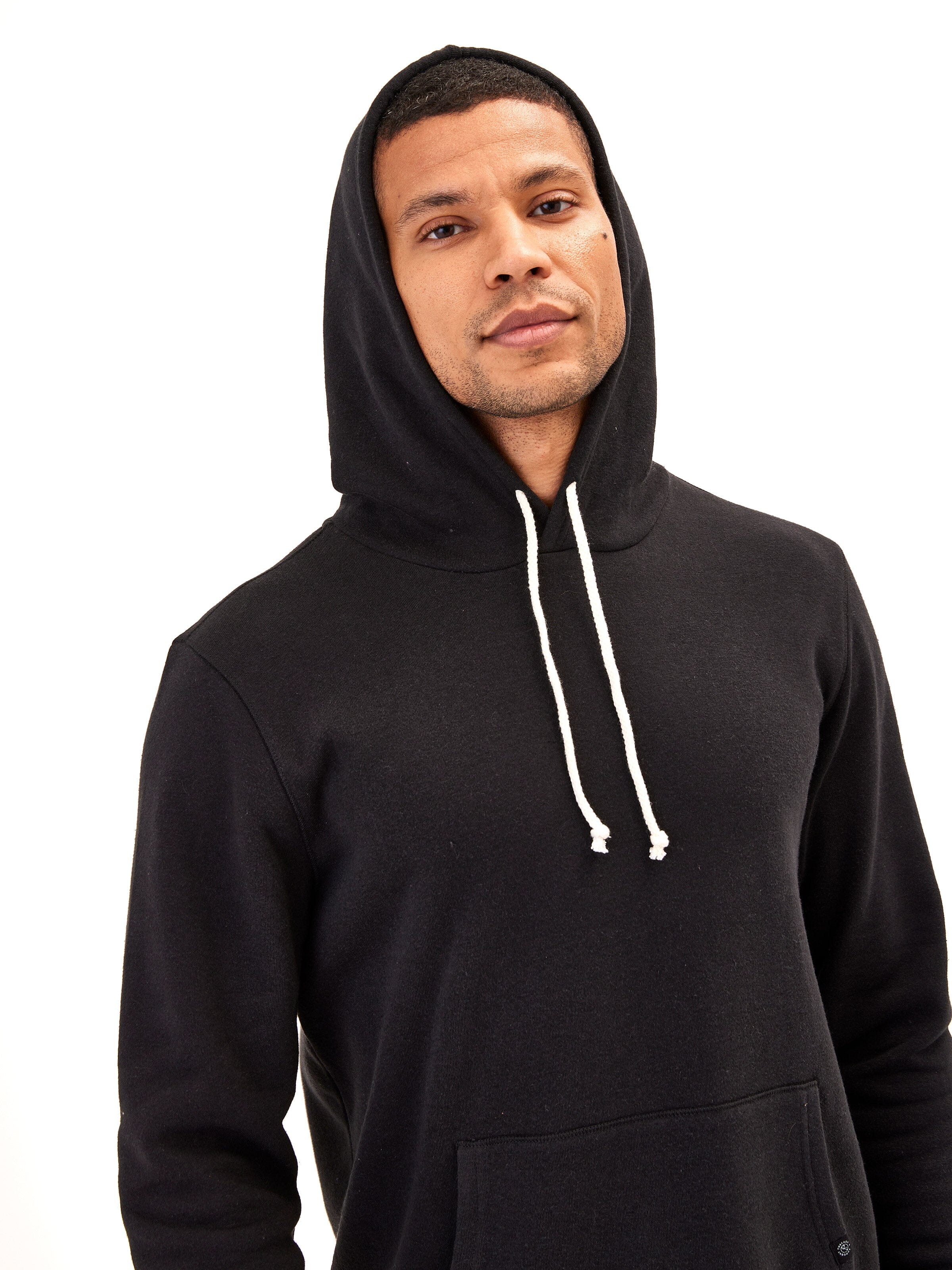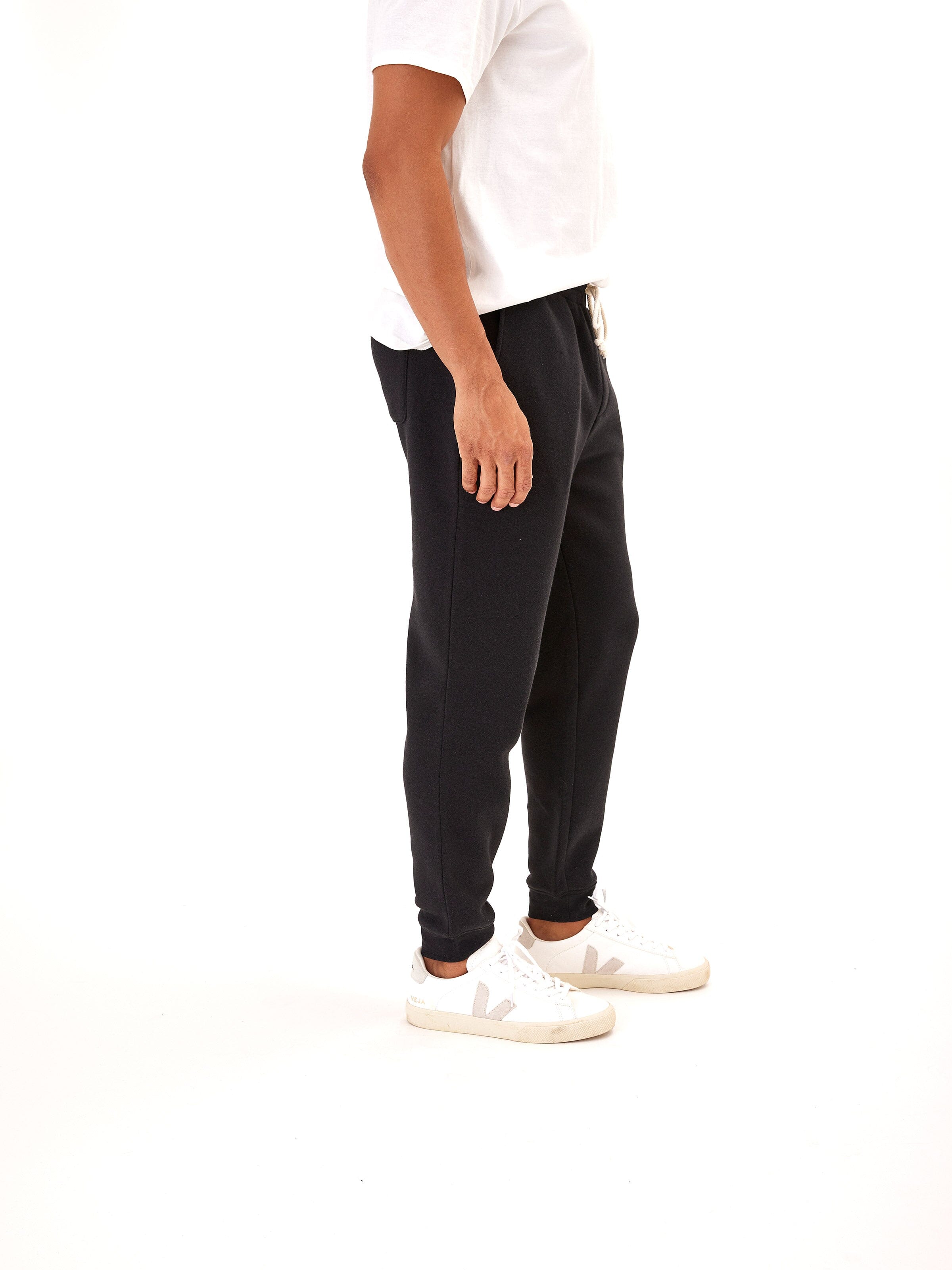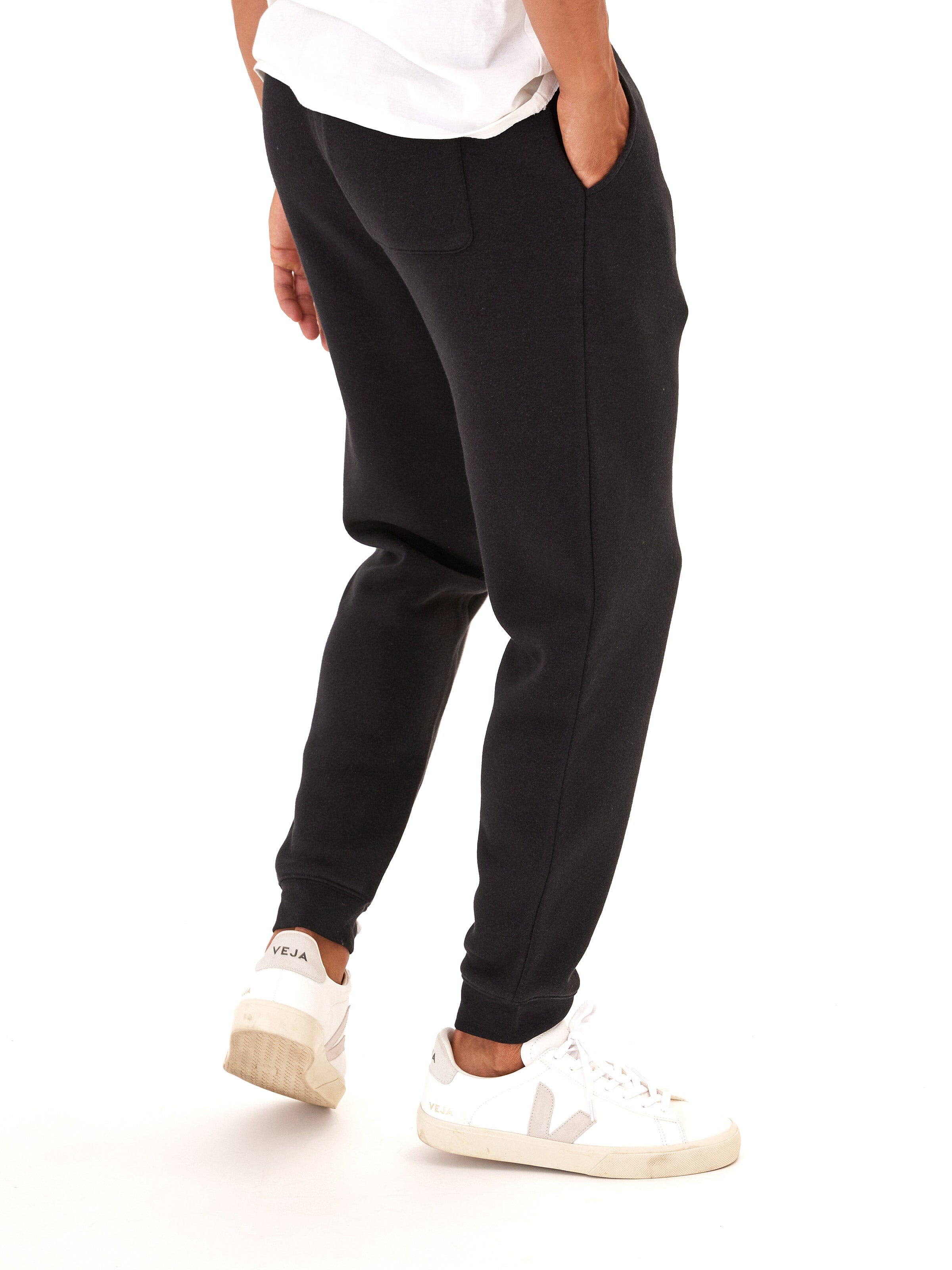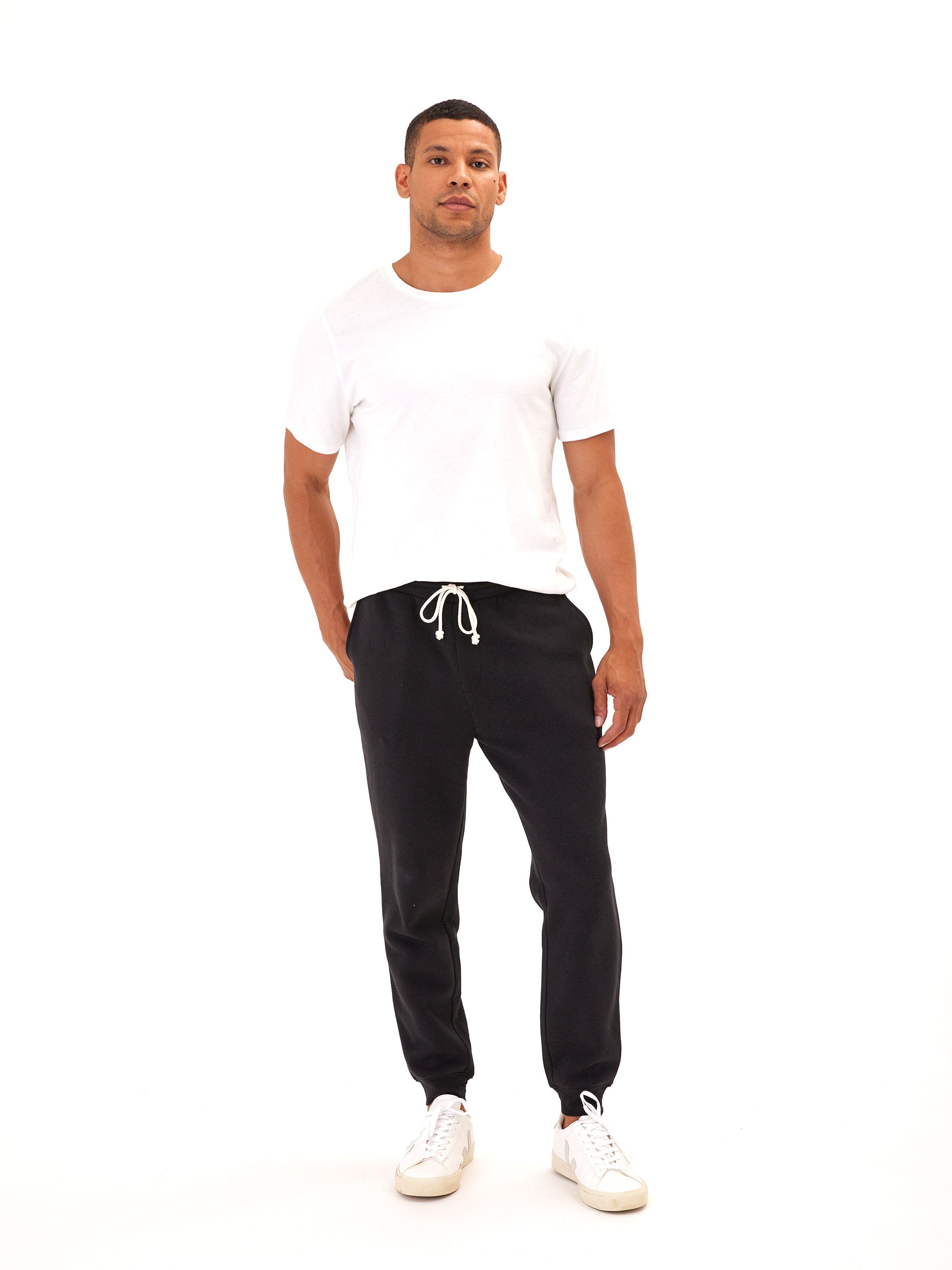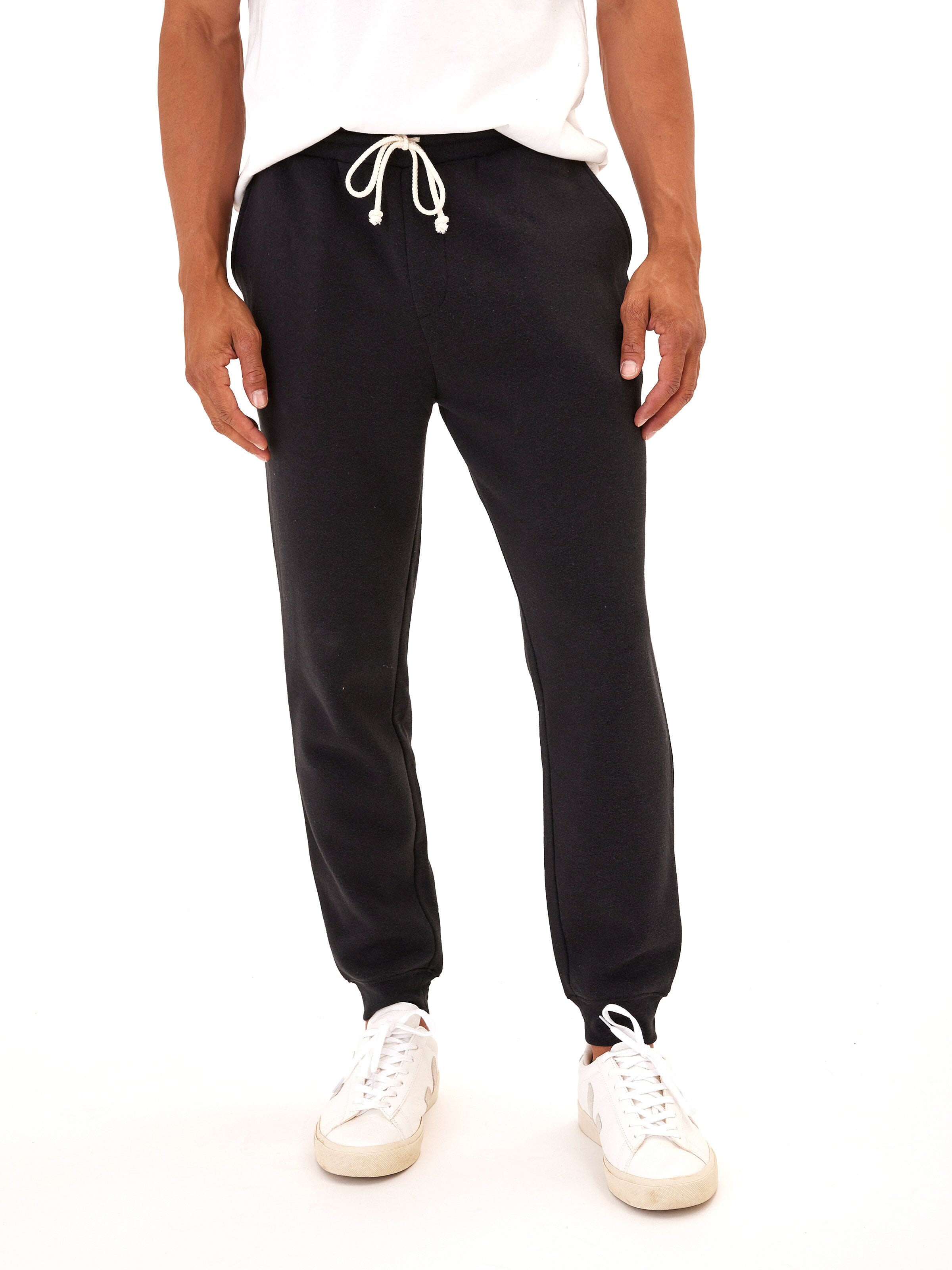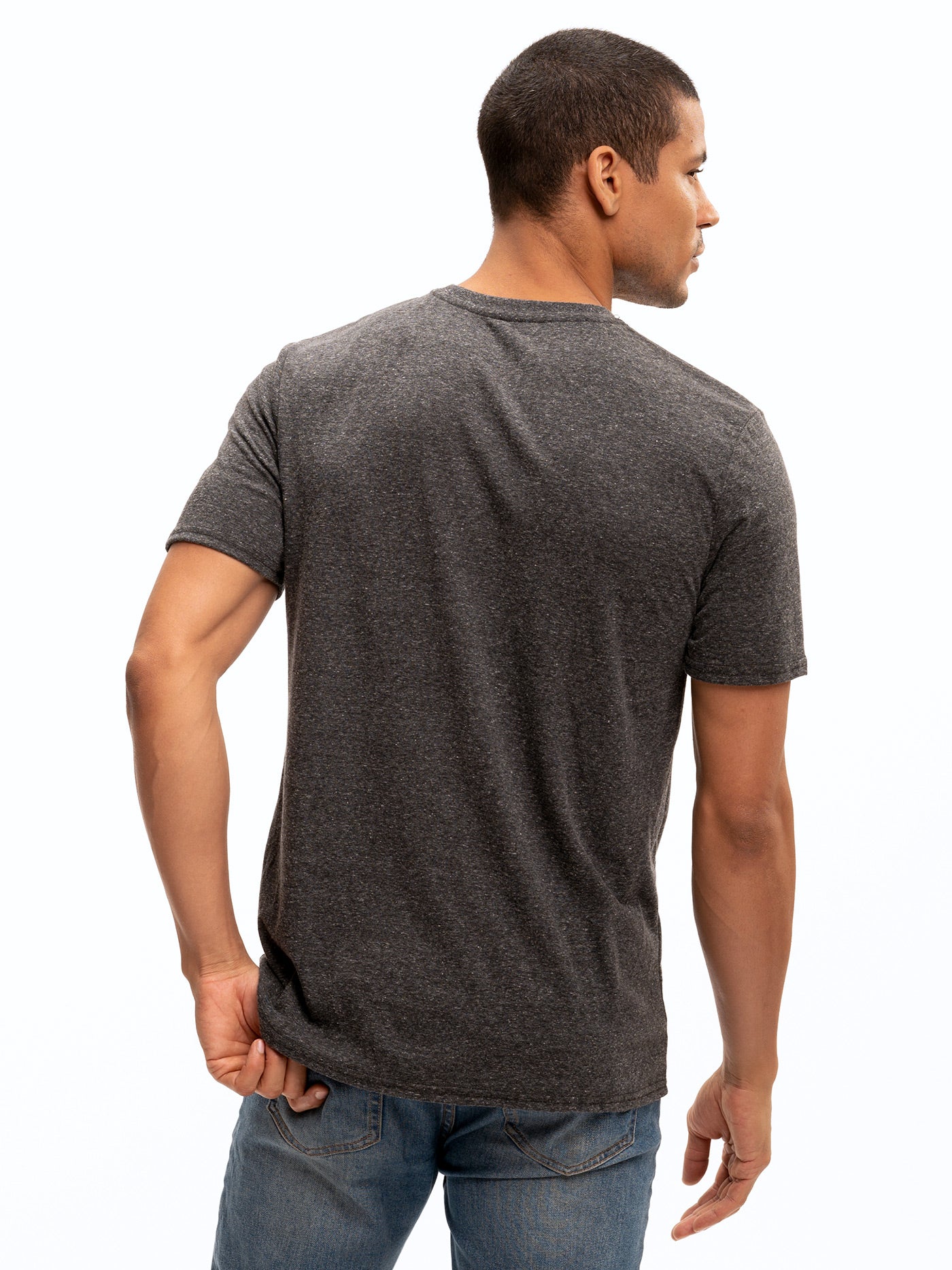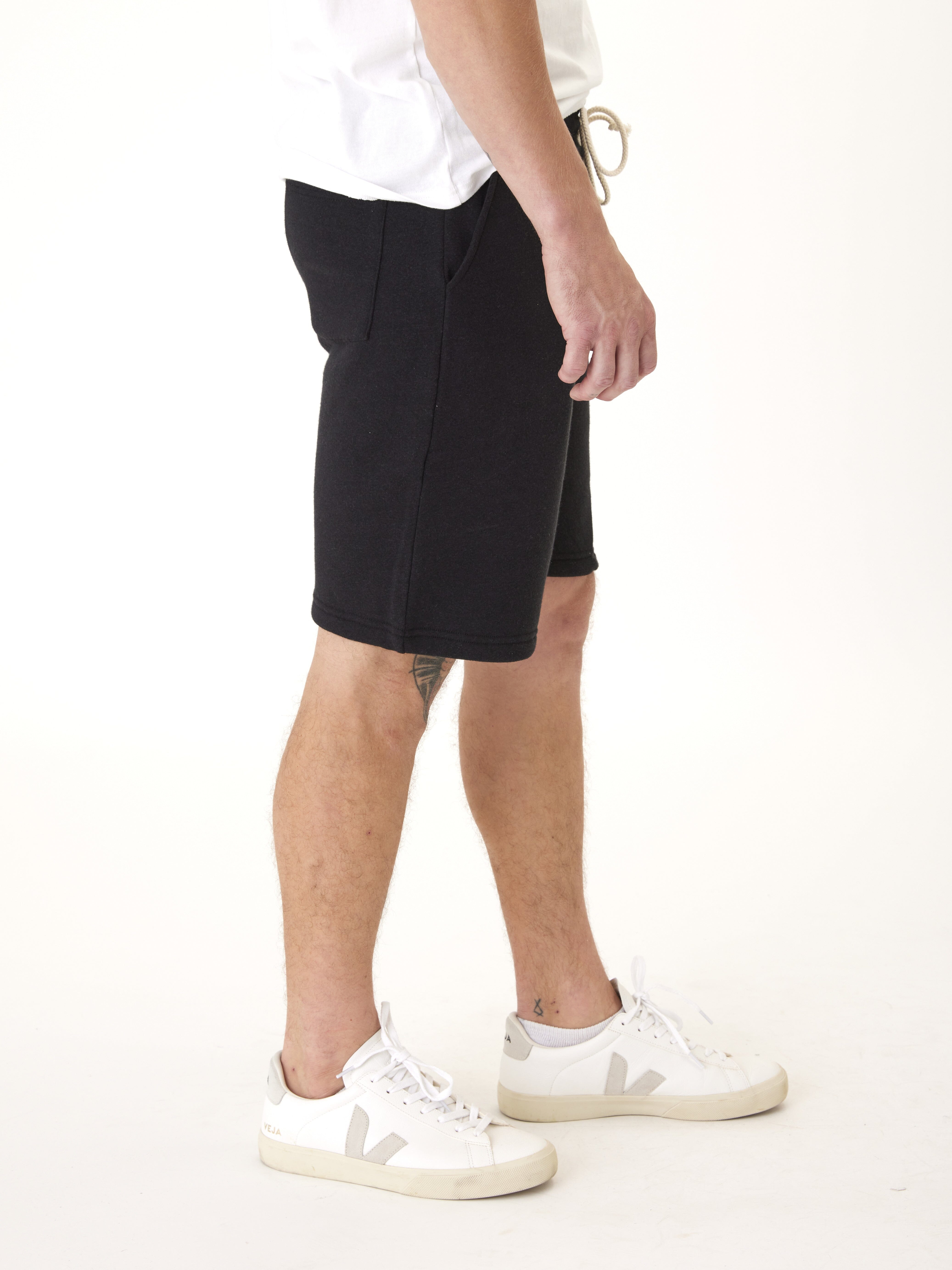The History of Pride Month
Many of us have become very familiar with what Pride Month is, and the various ways to celebrate, but this month emerged out of a particular protest back in the late...
Many of us have become very familiar with what Pride Month is, and the various ways to celebrate, but this month emerged out of a particular protest back in the late...

Many of us have become very familiar with what Pride Month is, and the various ways to celebrate, but this month emerged out of a particular protest back in the late 1960's. Scroll on to learn more about how Pride Month came to be.
The Stonewall Riots
The Stonewall Riots began after NYPD raided the Stonewall Inn in New York City's Greenwich Village neighborhood in Manhattan. The Stonewall Inn was a known gay bar, and during this time being gay was actually considered illegal. While the Stonewall Inn, and various other gay bars throughout the country, had been raided in the past, the Stonewall Inn raid led to an eruption of demonstrations, protests, and riots that lasted 6 days after the raid.
"It was not the first time police raided a gay bar, and it was not the first time LGBTQ+ people fought back, but the events that would unfold over the next six days would fundamentally change the discourse surrounding LGBTQ+ activism in the United States."
Marsha P. Johnson is largely recognized as the activist that started the Stonewall Riots, with claims that she was the first to insinuate fighting back, and the first to throw a brick at the police that would cause them to start their retreat. But, thousands were involved in these monumental riots that would eventually lead to the creation of Pride Month.
The First Pride March

The very first Pride March took place on the 1-year anniversary of the Stonewall Riots, in New York City in 1970. This initial march gathered up to 5,000 people in NYC. Now, those celebrating is spread across the globe, with millions taking part each year. Parades and marches take place throughout the world, all sporting the proclaimed symbol of pride: the rainbow flag.
Behind the Flag
The rainbow flag was first flown as a symbol of pride in San Francisco's United Nations Plaza for Gay Pride Day, on June 25, 1978. The flag was designed by openly gay artist and activist Gilbert Baker. He had been commissioned to design a symbol for the LGBTQ community by his friend Harvey Milk, the first openly gay elected official in California.

Why rainbow? "We needed something to express our joy, our beauty, our power. And the rainbow did that. We're an ancient, wonderful tribe of people. We picked something from nature. We picked something beautiful." Baker said. He explained that each color had a meaning: hot pink for sex, red for life, orange for healing, yellow for sunlight, green for nature, turquoise for magic, blue for harmony and violet for spirit. The flag we know today no longer has pink or turquoise, simply so it was easier to produce. This decision was made by Baker in order to get the flag out to as many people as possible.
Pride Today
The aftermath of the Stonewall Riots is widely considered a major turning point for the LGBTQIA+ community, for perception, treatment, and even legally and politically. While some progress has been made, there is still a long way to go for achieving the equality all humans deserve. And, as with any change, it can start with the simple expression of support!
Check out what local events are happening in your area to celebrate Pride Month this year!
Your cart is currently empty.
Start Shopping
